This is a short guide on how to do mastering using Cool Edit Pro (now called Adobe Audition). Particularly, this is written based on older Adobe Audition 1.5. But I do believe the techniques outlined here can also be applied to later Adobe Audition versions such as Adobe Audition 3.
Mastering is the last stage of the audio production process, next to mixing. So make sure that before you start mastering, your audio wave must pass the following properties:
1.) It is a mix down wave. This is single waveform, which is summation or the final result of the mixing process. It should only be one waveform but containing all musical instruments mix (vocals, drums, guitars, etc). See examples below:
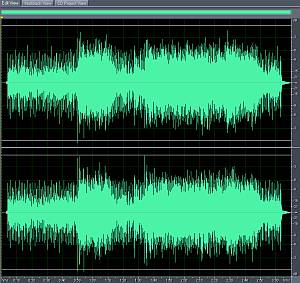
2.) No EQ and Compression is still applied. It should be completely fresh, the single waveform is still NOT being adjusted with any mastering EQ and compression settings.
3.) The maximum peak of the audio wave (Peak amplitude) should not exceed -3dB. An allowance is needed for EQ and Compression adjustments in mastering. If the wave is already peaking at the loudest level (0dB), then there is no room for EQ and Compression adjustments.
It is a good practice in mixing that the completed mix down should have some headroom for EQ/mastering adjustments. You can measure the peak amplitude by going to Edit View –> Analyze –> Statistics.
For details, read this tutorial on the specifications of your audio mix required before mastering.
Step1. Trimming of start and ending. I give a 0.3 second allowance before the start of the audio wave and 0.6 second allowance at the end of the wave. If the wave exceeds 0.3 second from the moment it started playing, cut it. Below is the sample screenshot of the trimmed wave at the start (it was exceeding 0.3 seconds before and I cut it to 0.3 seconds standard).
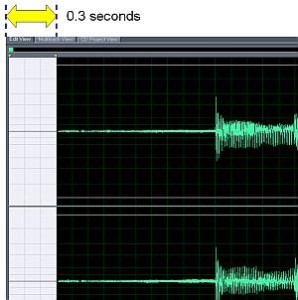
Step2. EQ stage – The objective of EQ stage is to shape the final sound of the recording, apply presence, boost hi frequencies and lows as well as removing muddiness.
Use the Adobe Audition Parametric Equalizer to adjust settings. You can as well apply EQ plugins like those from Wave. Refer to this following good tutorial on mastering EQ using Audition:
EQ Settings for Mastering
How to use a parametric equalizer
Step3. Compression stage – The overall objective of the compression stage is to make the audio wave as loud as possible without creating distortion. In this case, I am using the L2 Waves plug-in for Adobe Audition 1.5:
Go to Effects –> DirectX –> Waves –> L2 and adjust the following:
Under factory preset change to: Hi Res CD Master then adjusts the following:
Threshold: -7.5
Out of Ceiling: 0.2
Click OK, this will maximize the volume of the recording to around -13dB (average RMS power) which is considered OK for master recordings. You can check the loudness in terms of average RMS power by Analyze –> Statistics.
Fine tune the mastering and use your ear. You can use this technique to remember your settings in the mastering FX chain.
Bear in mind that mastering in Adobe Audition is a destructive audio editing process, so make sure you have backup the original mix before you proceed.
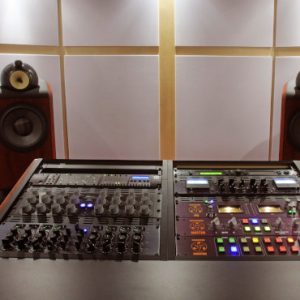
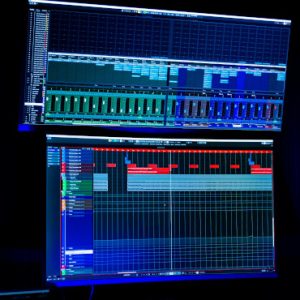
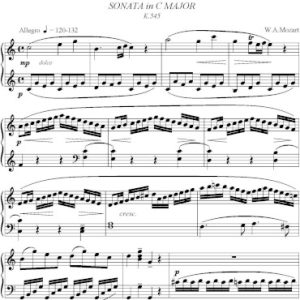
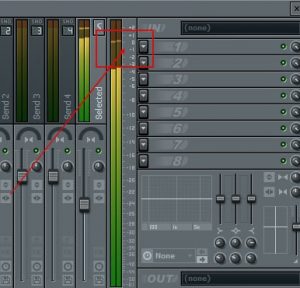
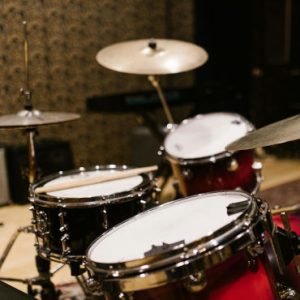
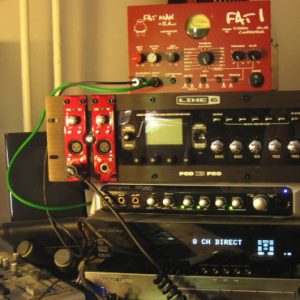
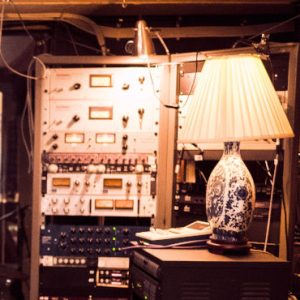

11 Responses
Hi Steven,
I agree with what you’ve said about CE2. I even use them today for my audio mastering. It’s unique, simple to use and sounds great. Cheers.
Thanks for this. CE2.0 is my weapon of choice. I get alot of schtick for it since it’s old and outdated, but my music hits just as good as anything out there today, ProTools included.
Appreciated.
Sidenote: I like the Oxford Limiter as well as an alternative to the Waves L2. As long as the mix doesn’t pass -3, -4db, it’s enhancing it’s awesome.
Please can anybody tell me where to download free directx plugins for cool editpro?
Hello Emerson, thanks for all the useful tips. I have a question. What’s the difference between the L2 and L3 Ultramaximizer plugin? I used L3 and the interface is very similar to L2. Is there an important difference between them?
thank you Emerson!all this stuff is really helpful!you are a very kind person!
Hi Billy,
The L2 plugin is not automatically available as a direct x plugin in adobe audition. You still need to download the plugin here: http://www.waves.com/Content.aspx?id=211 and then install to your computer.
Once installed, you can launched Adobe Audition then go to Effects — Refresh Effects lists. You should see the L2 plugin added as a waves plugin in Effects — Direct x — Waves — L2.
Just try L2 first, and learn how to use it carefully and compress to create loud music without necessary going to distortion.
Good luck.
what about L2 plug-in?is it already conteined in adobe audition or should it be downloaded extra?and if so do you recommend any other processes at the commpression stage?
Hi Andresa,
I’m not using this plugin but you can check out their manual here: http://www.izotope.com/products/audio/ozone/OzoneMasteringGuide.PDF , it pretty explains everything. If you cannot it in their manual, most likely that functionality is not supported.
i wanna ask something,
I use izotope ozone to remove peak volume but I don’t know how to set it, it always unsuccessful 🙁
can you help me?
Why not? I am even still using the old version and I find it highly dependable.
Thx for the Adobe Audition 3 tips, just got an old version but I guess it would still be helpful.